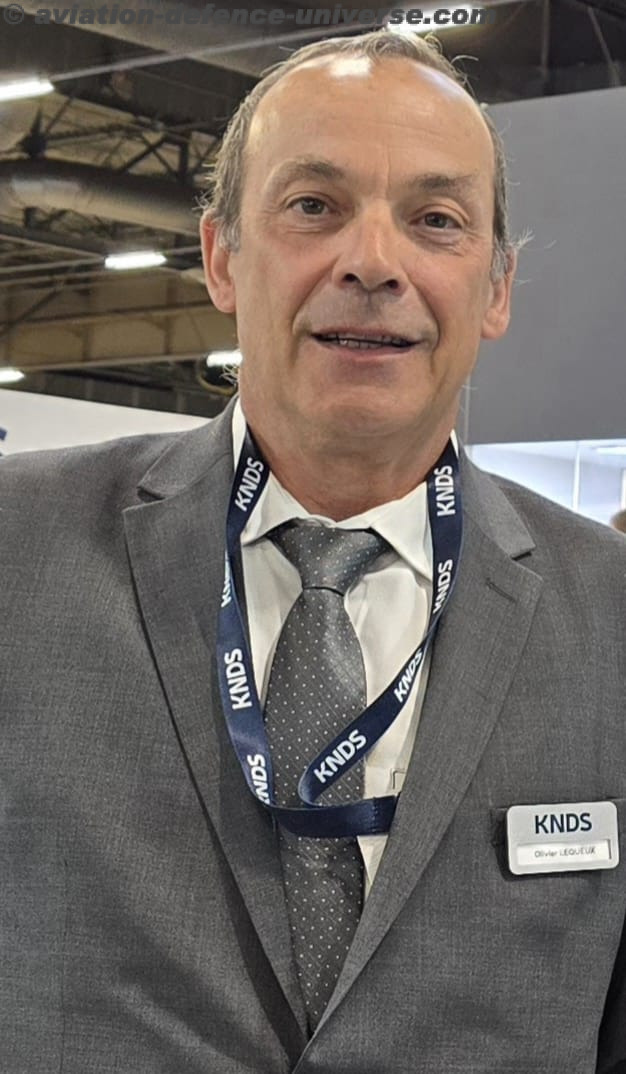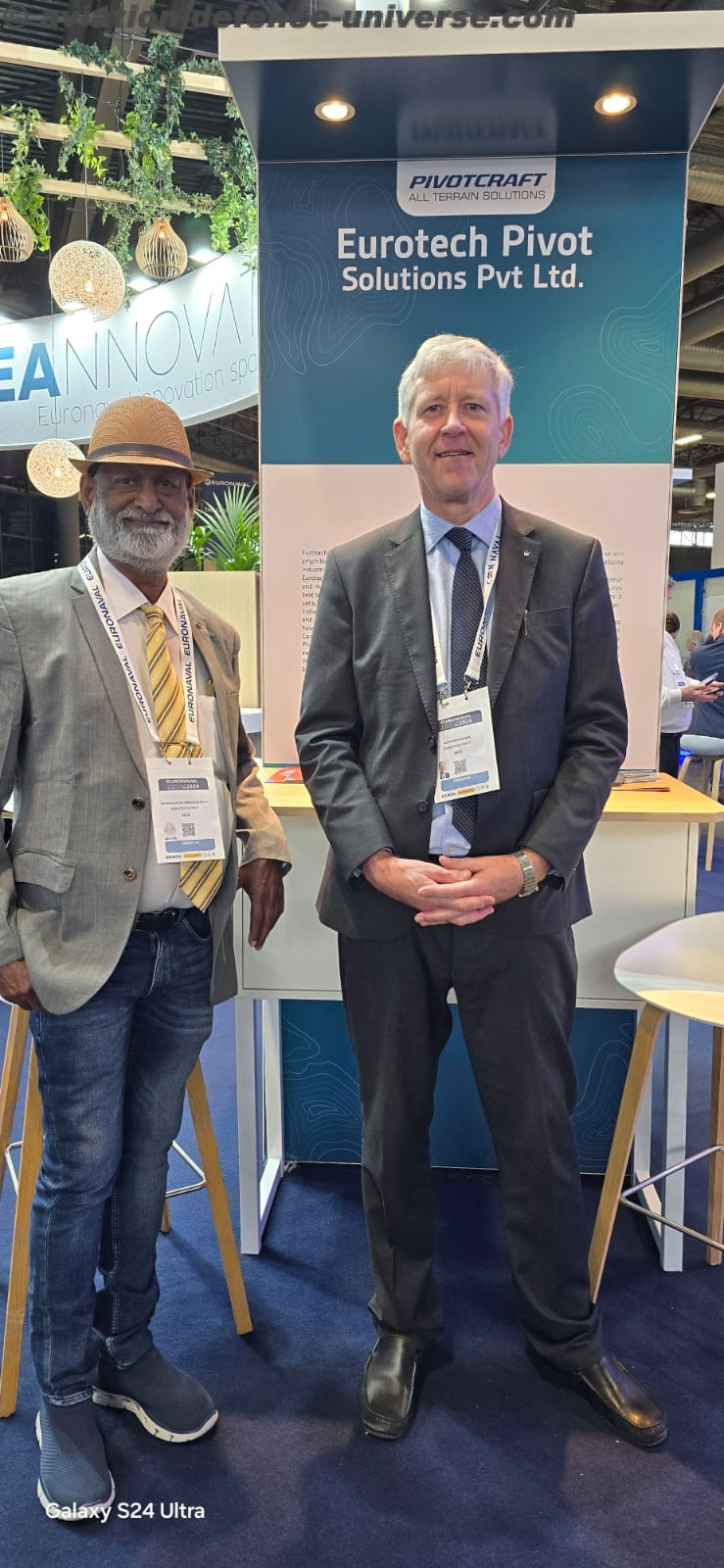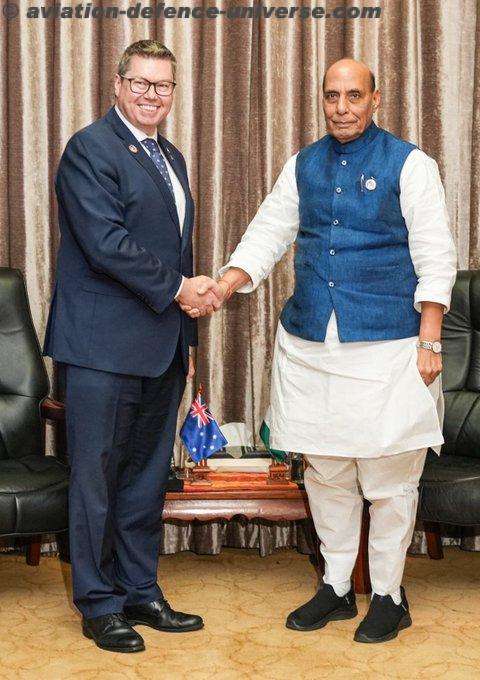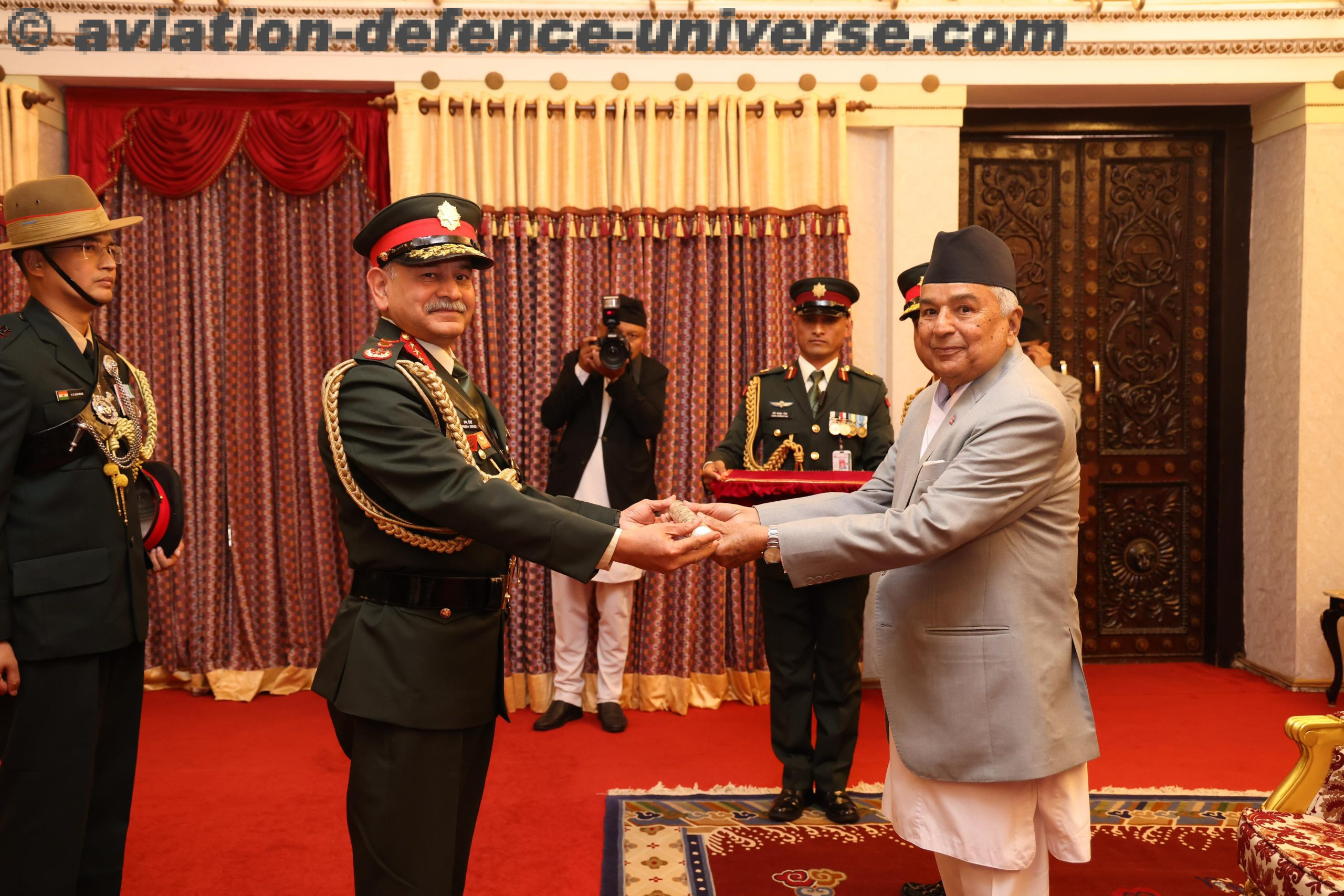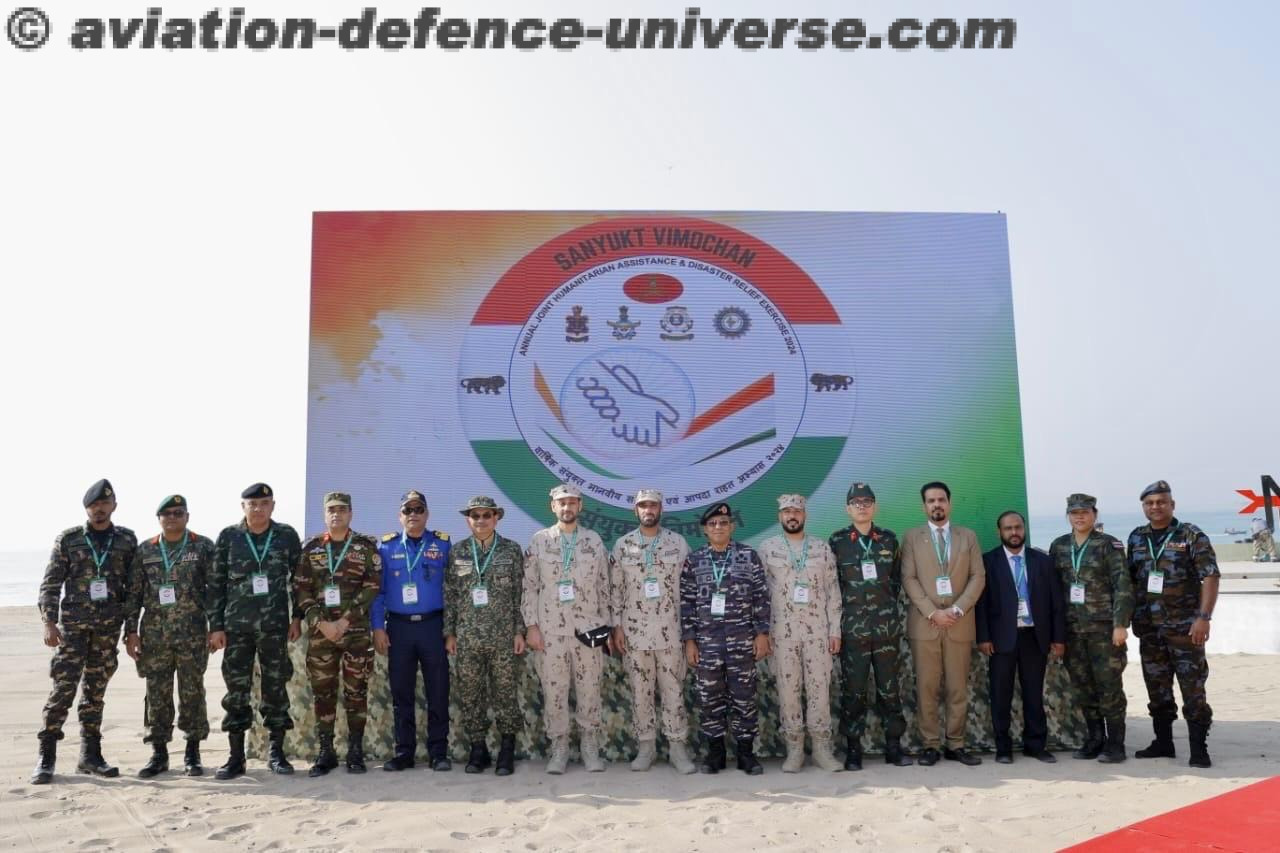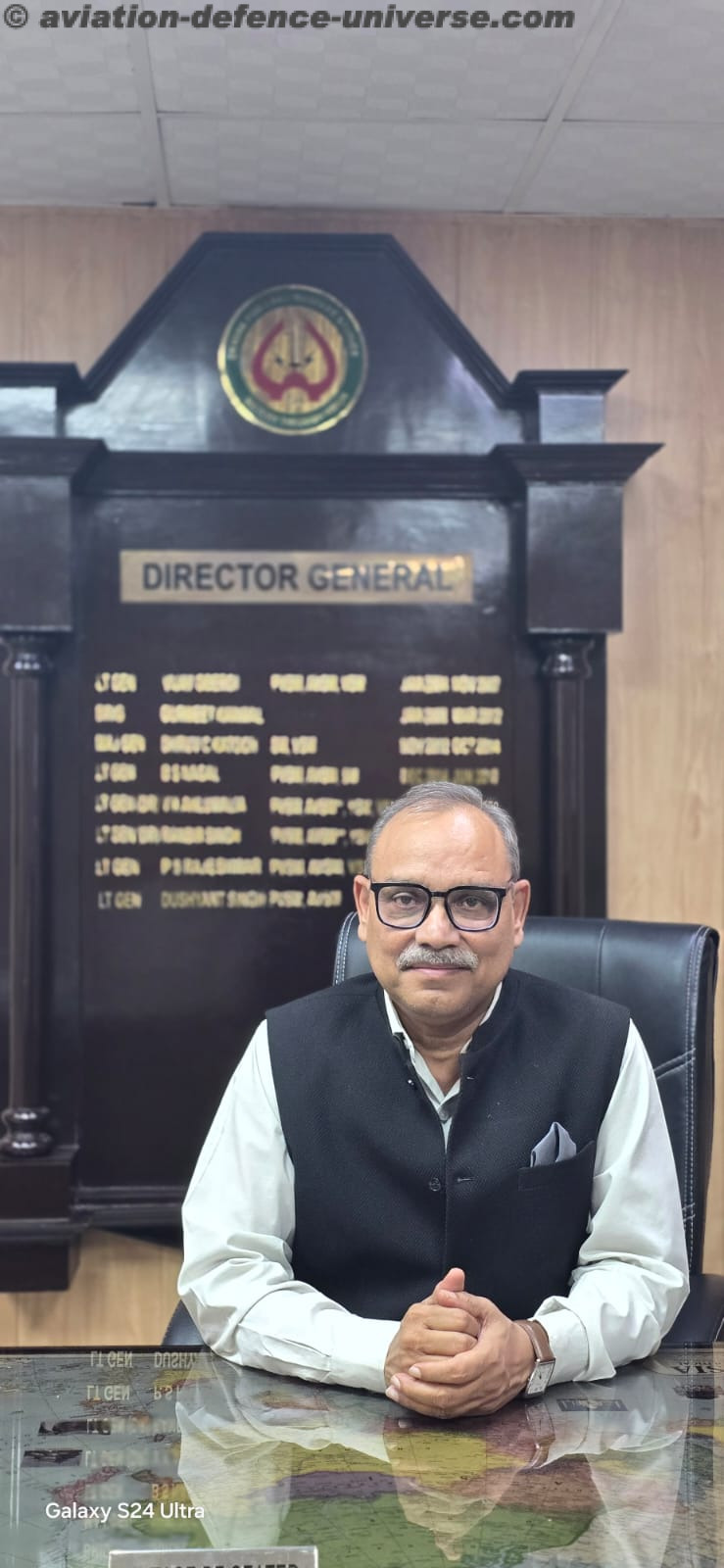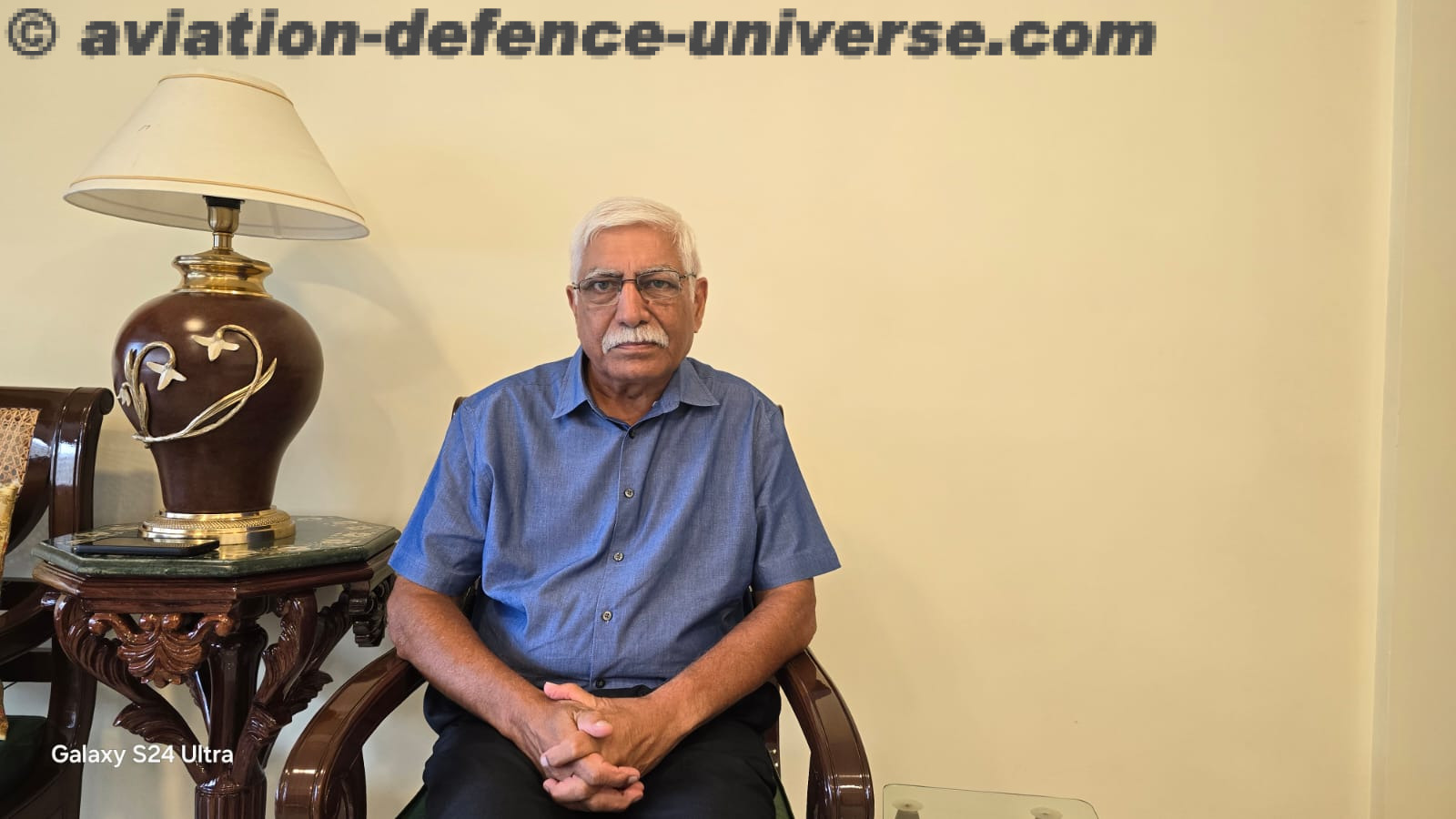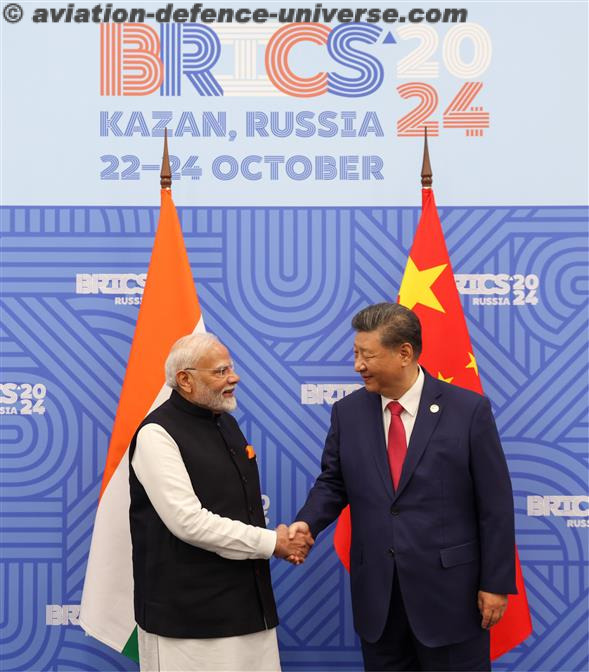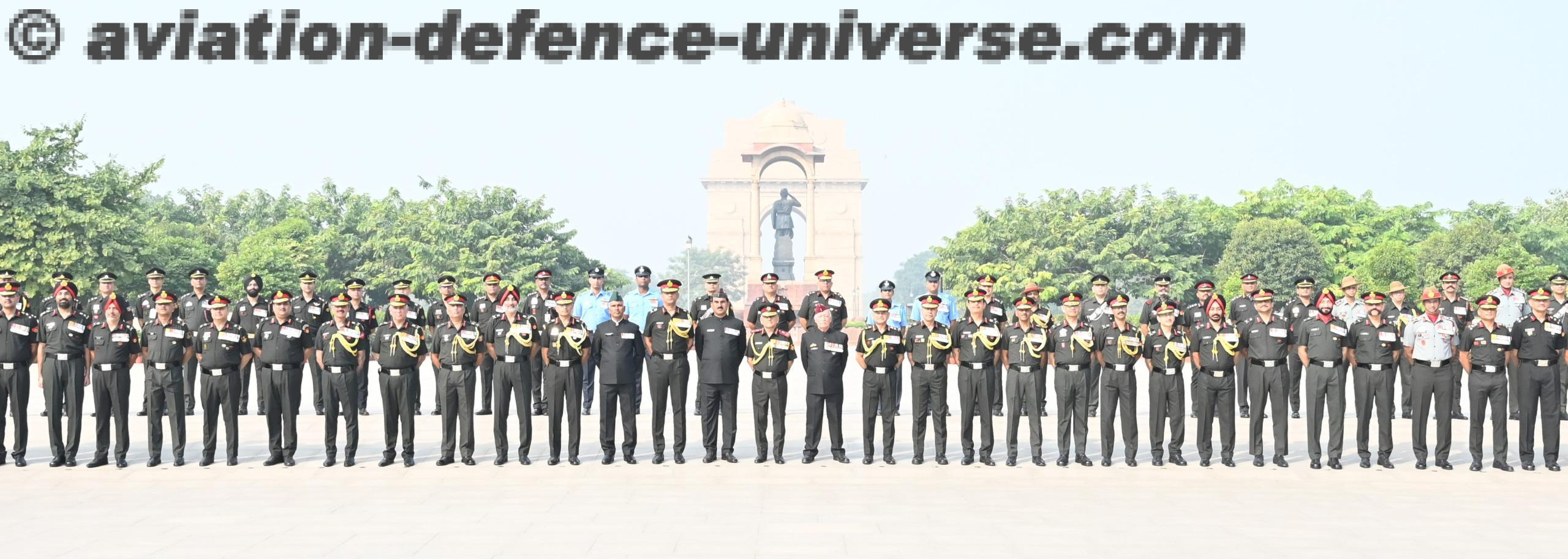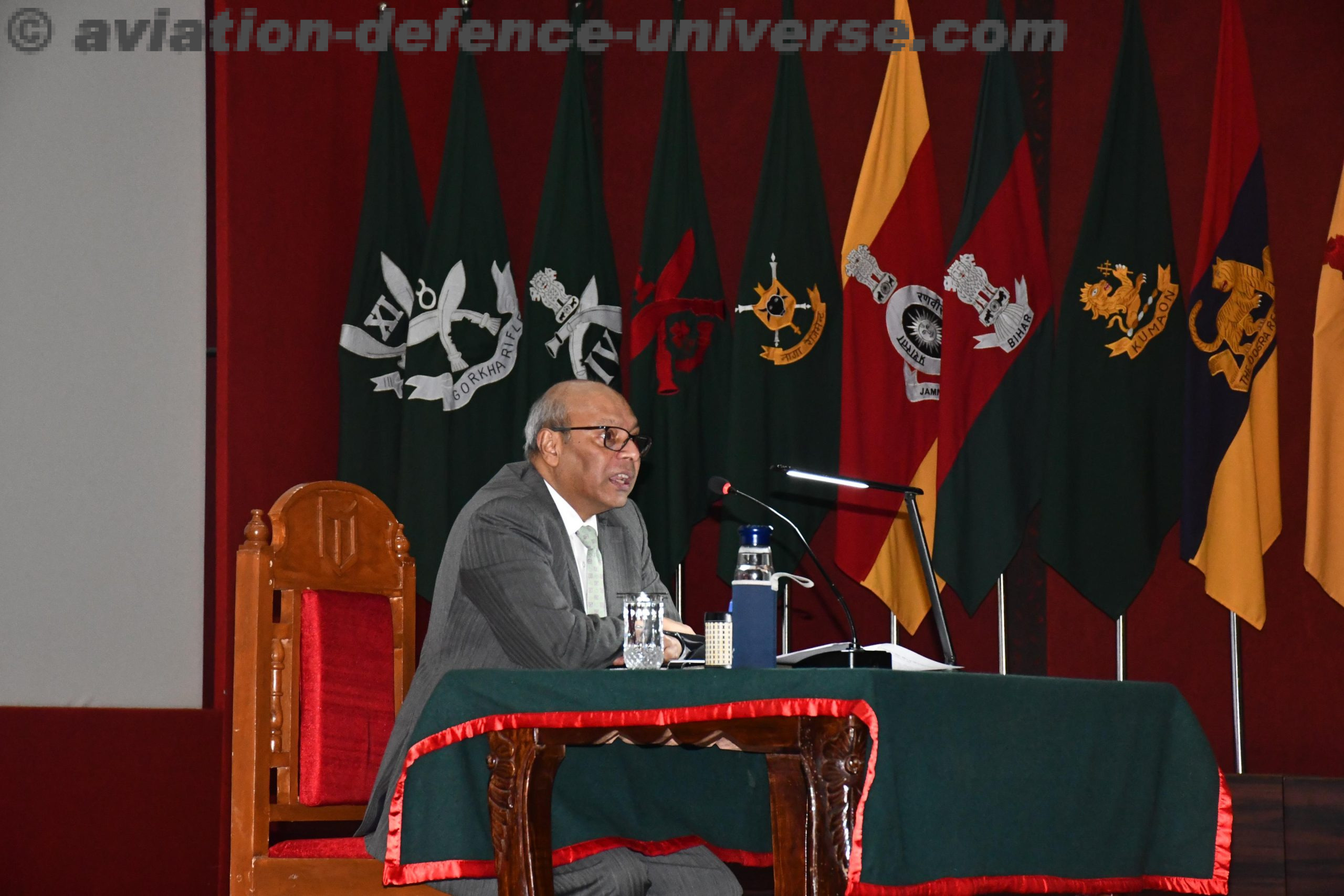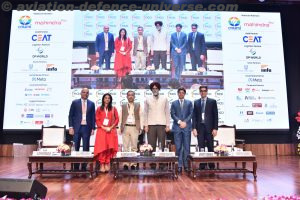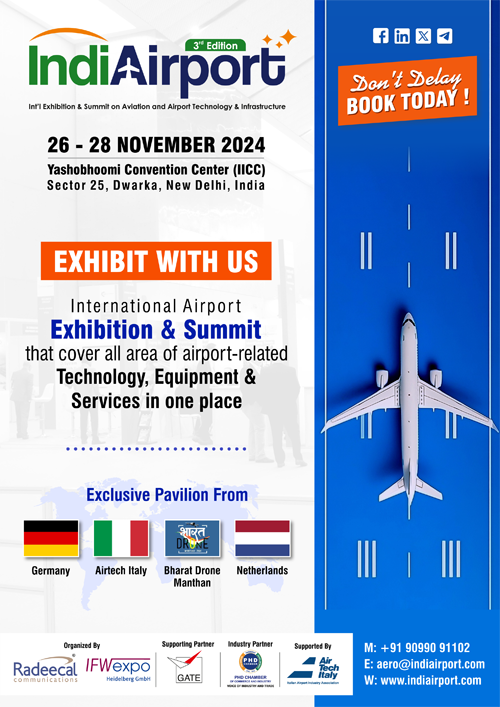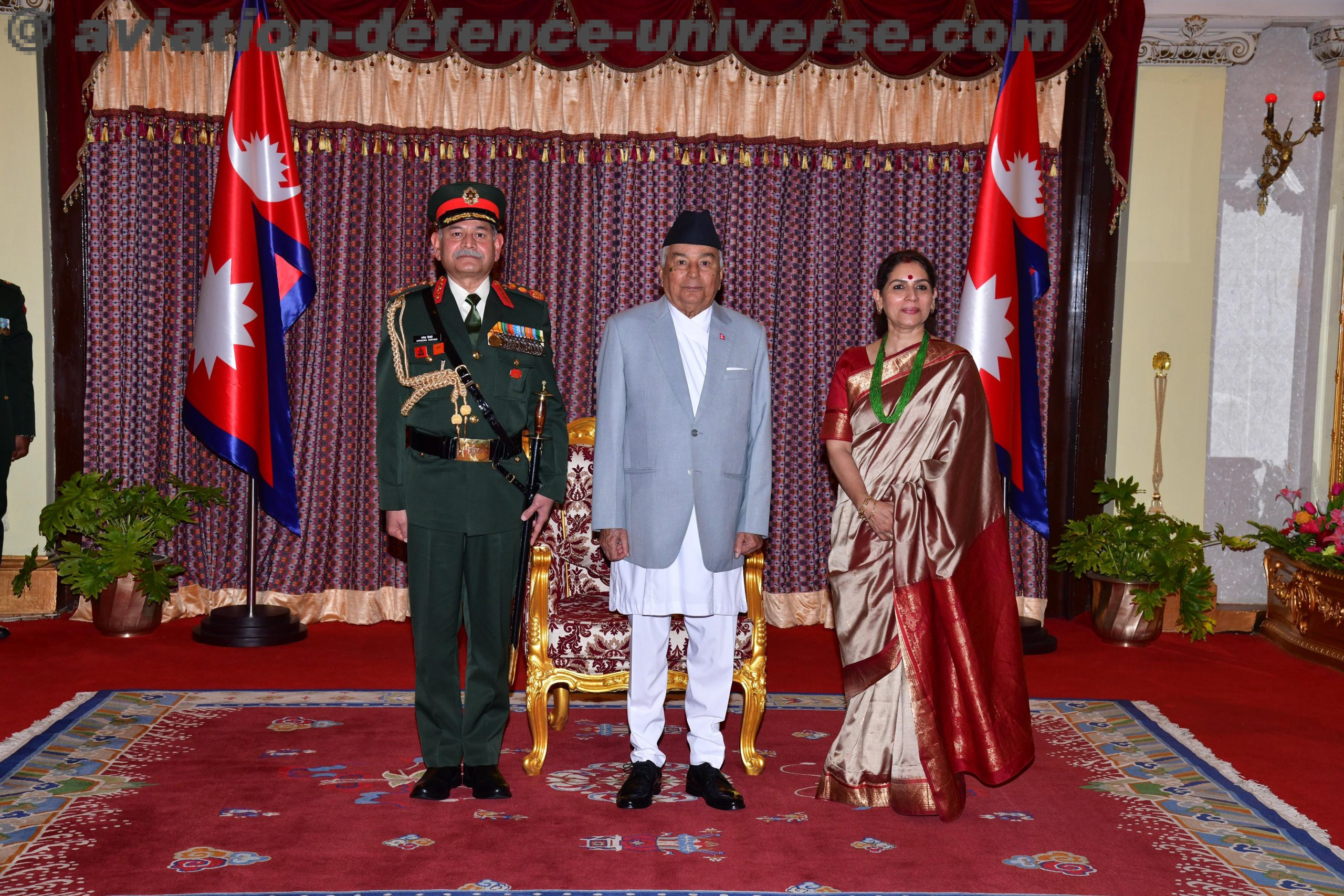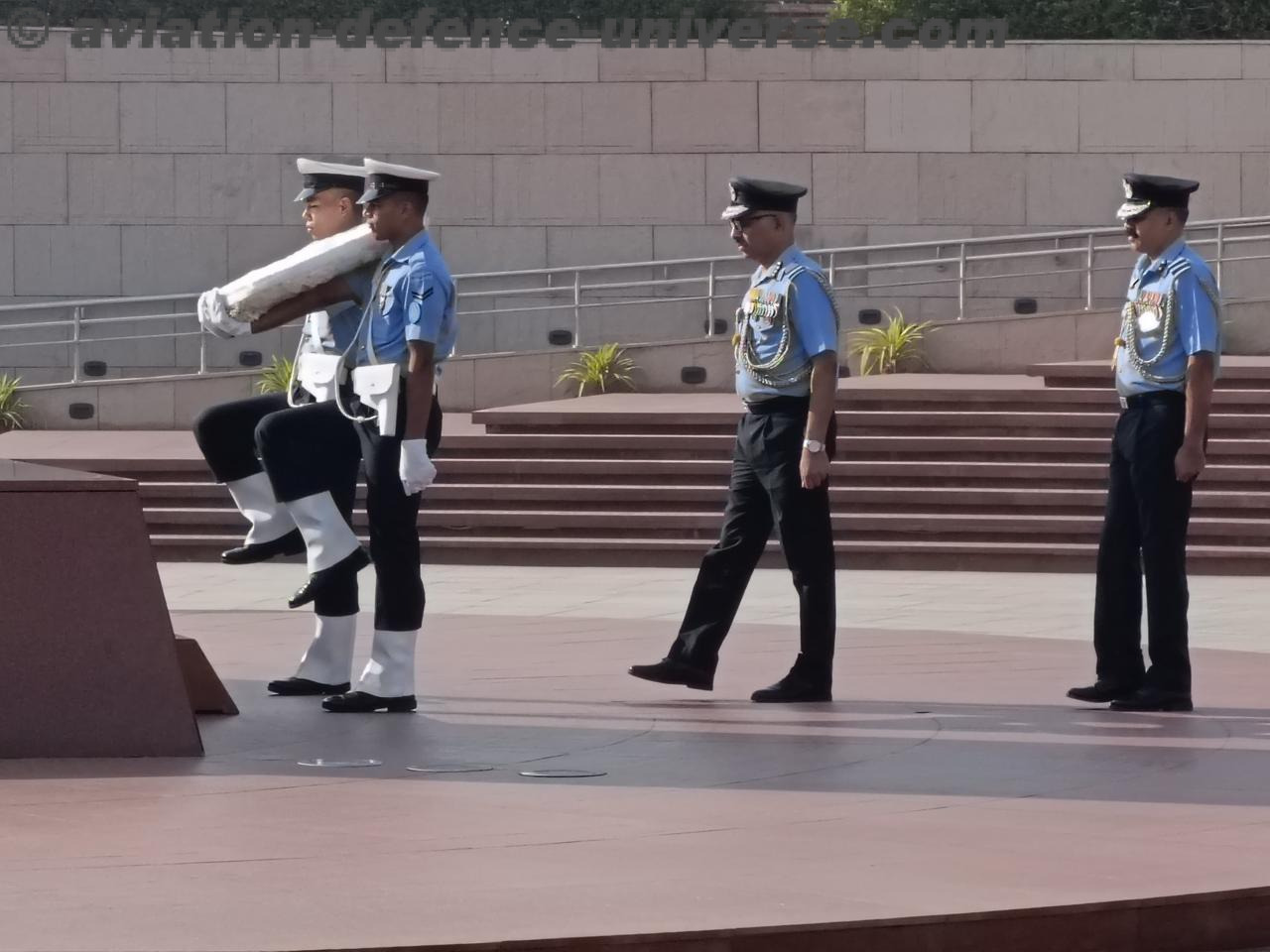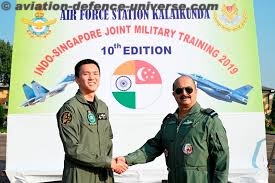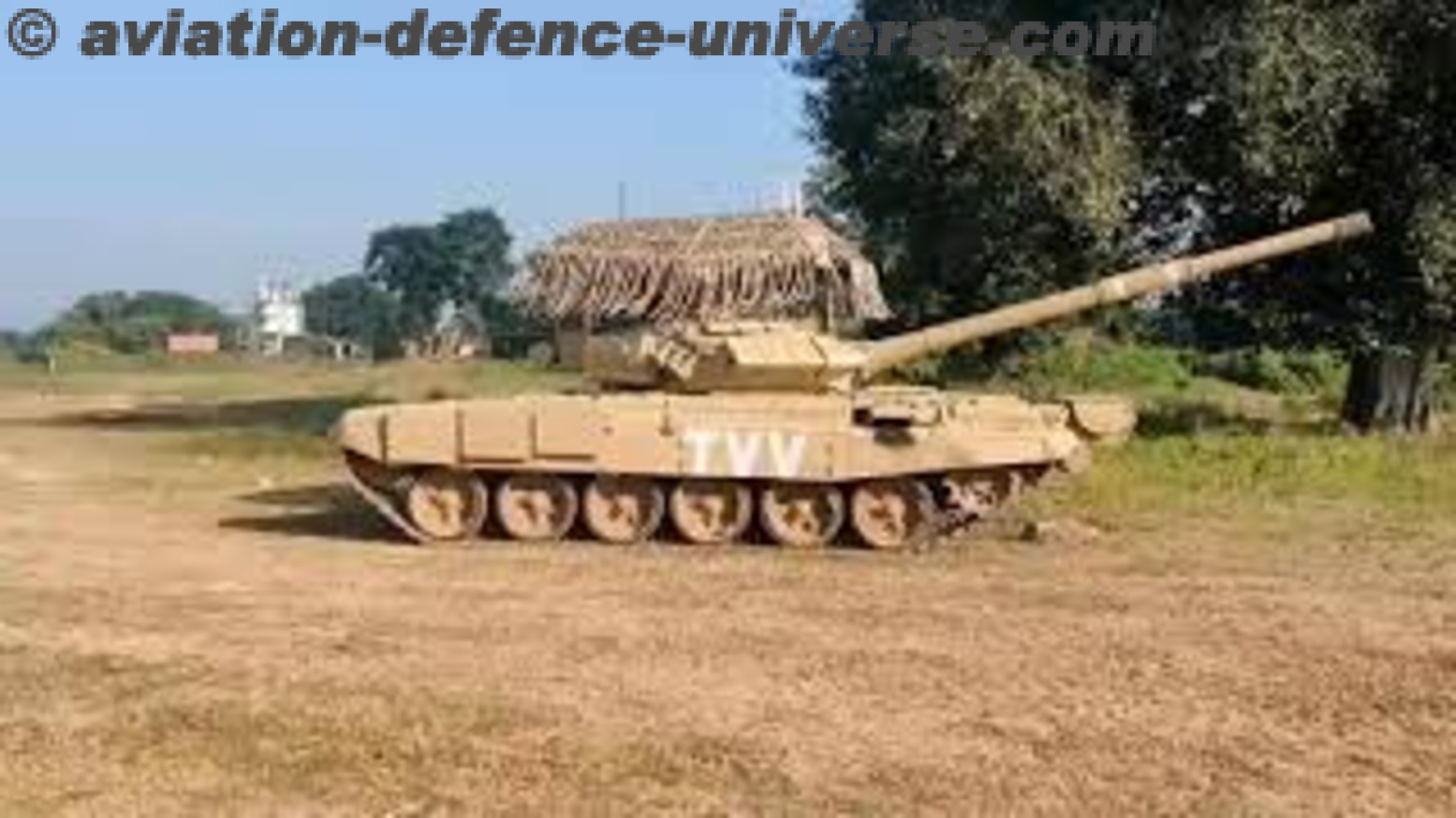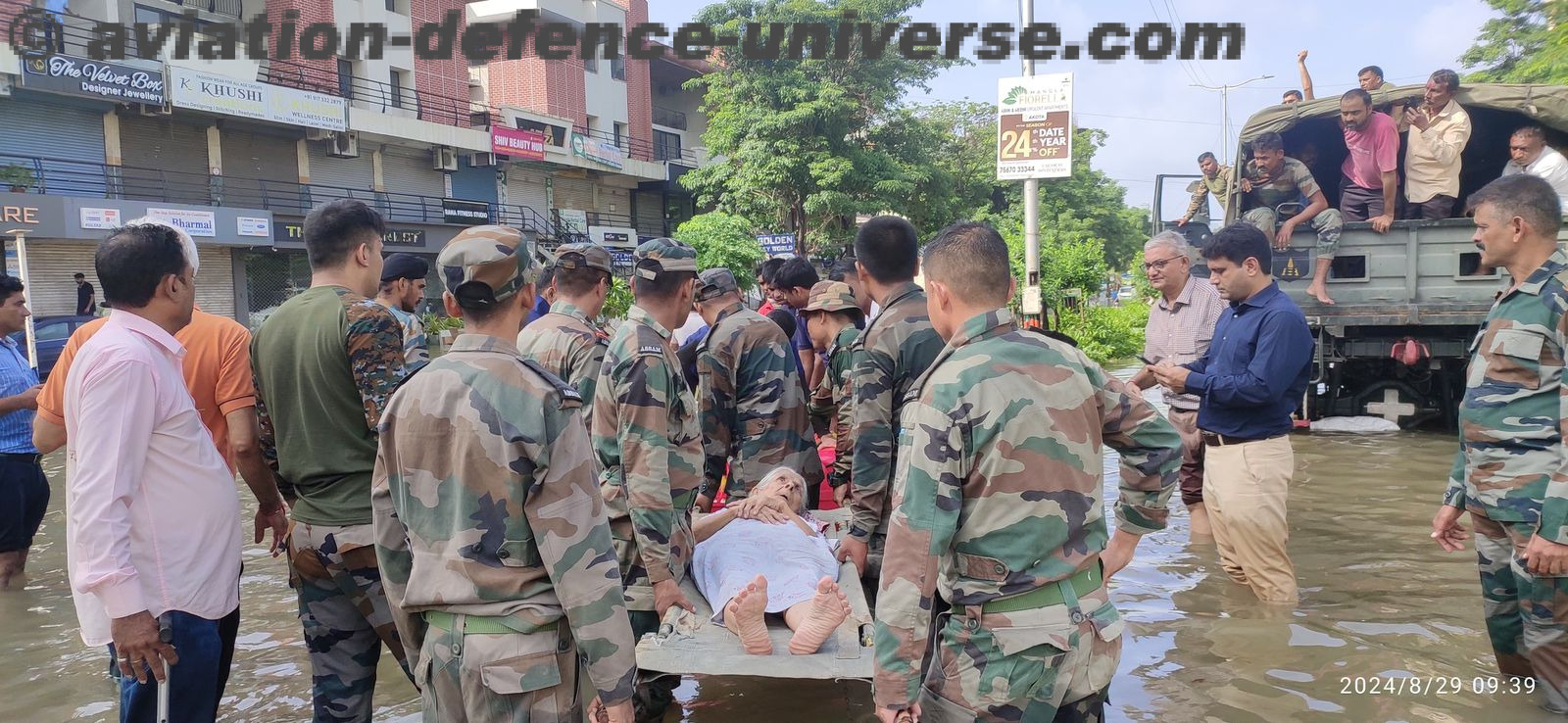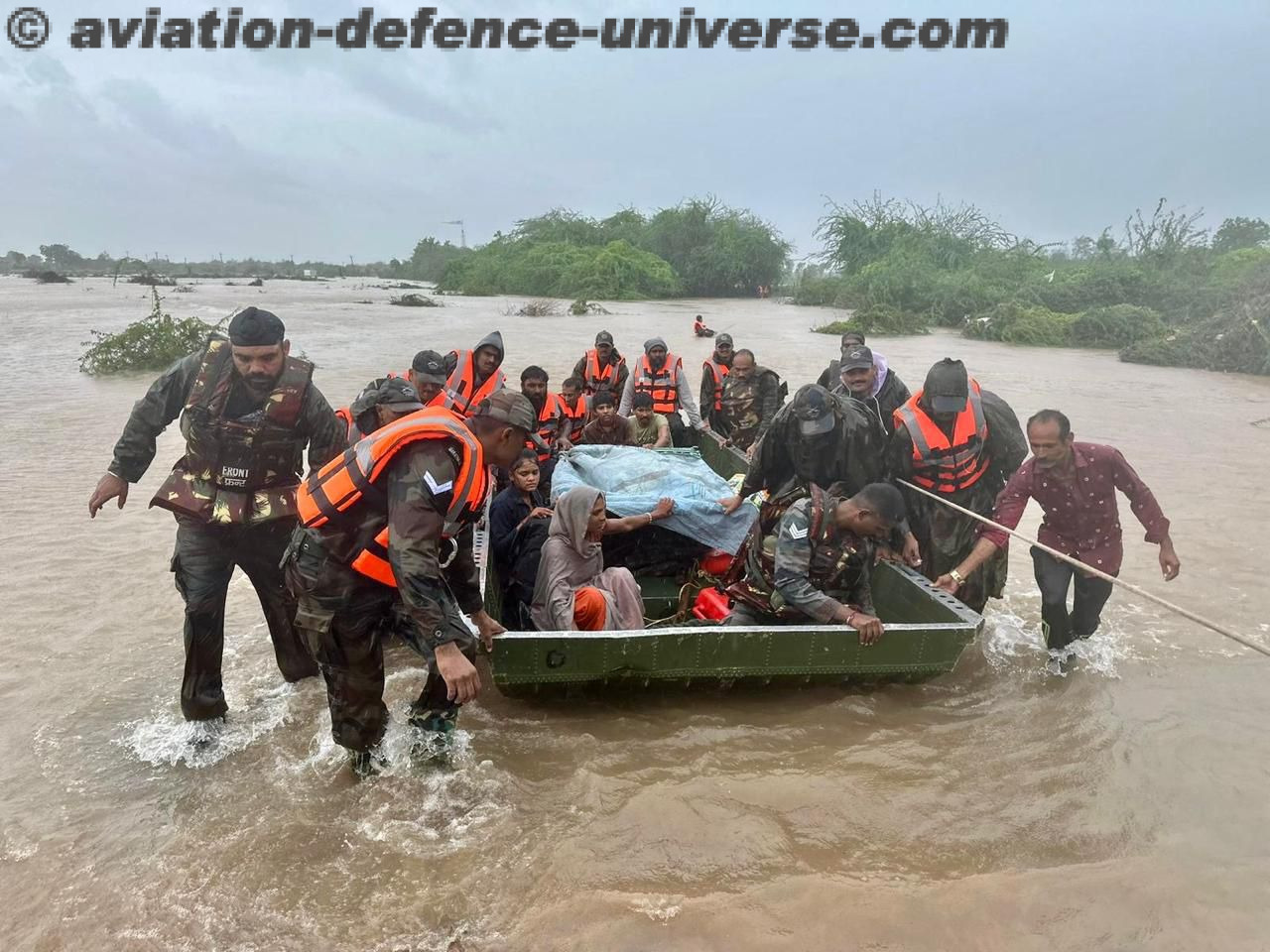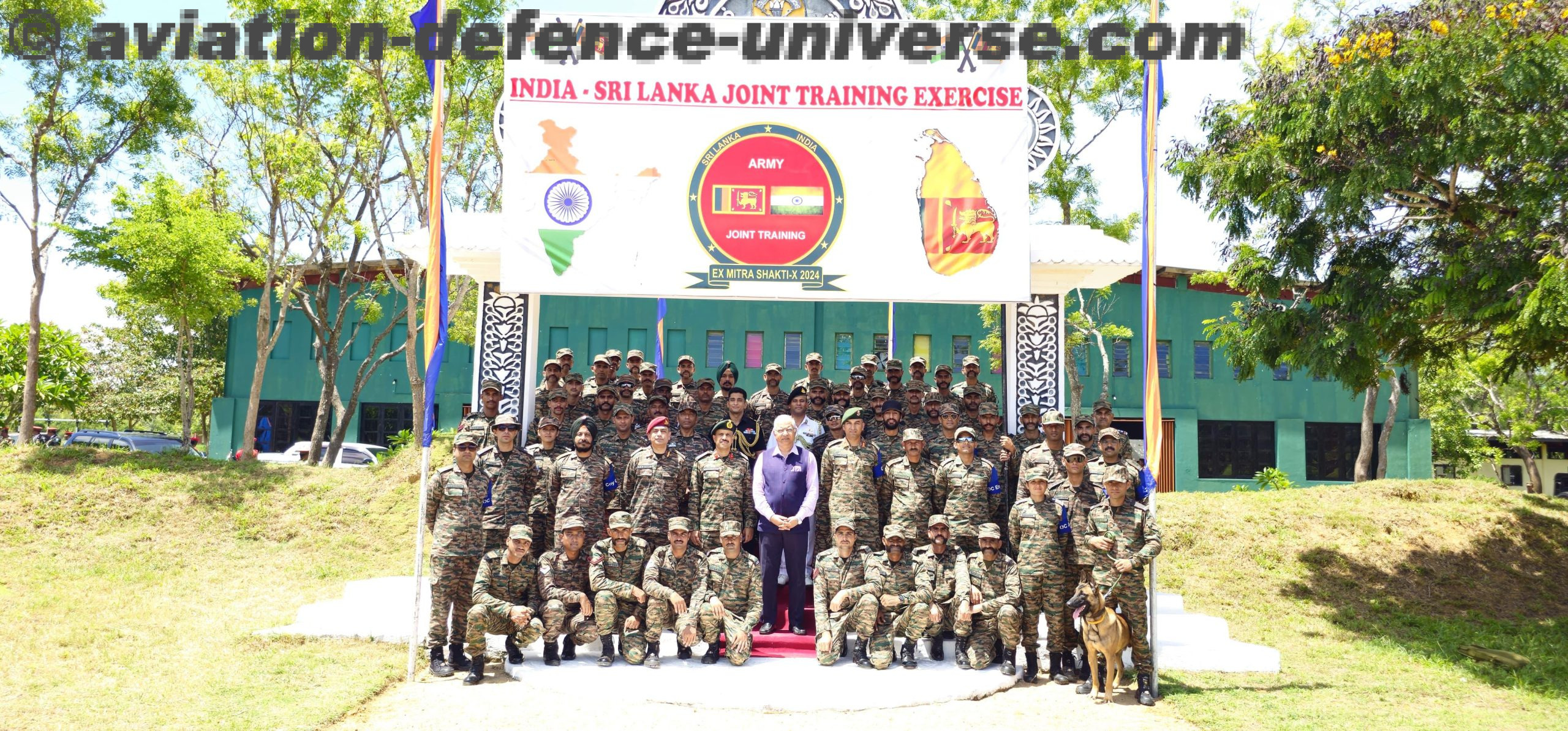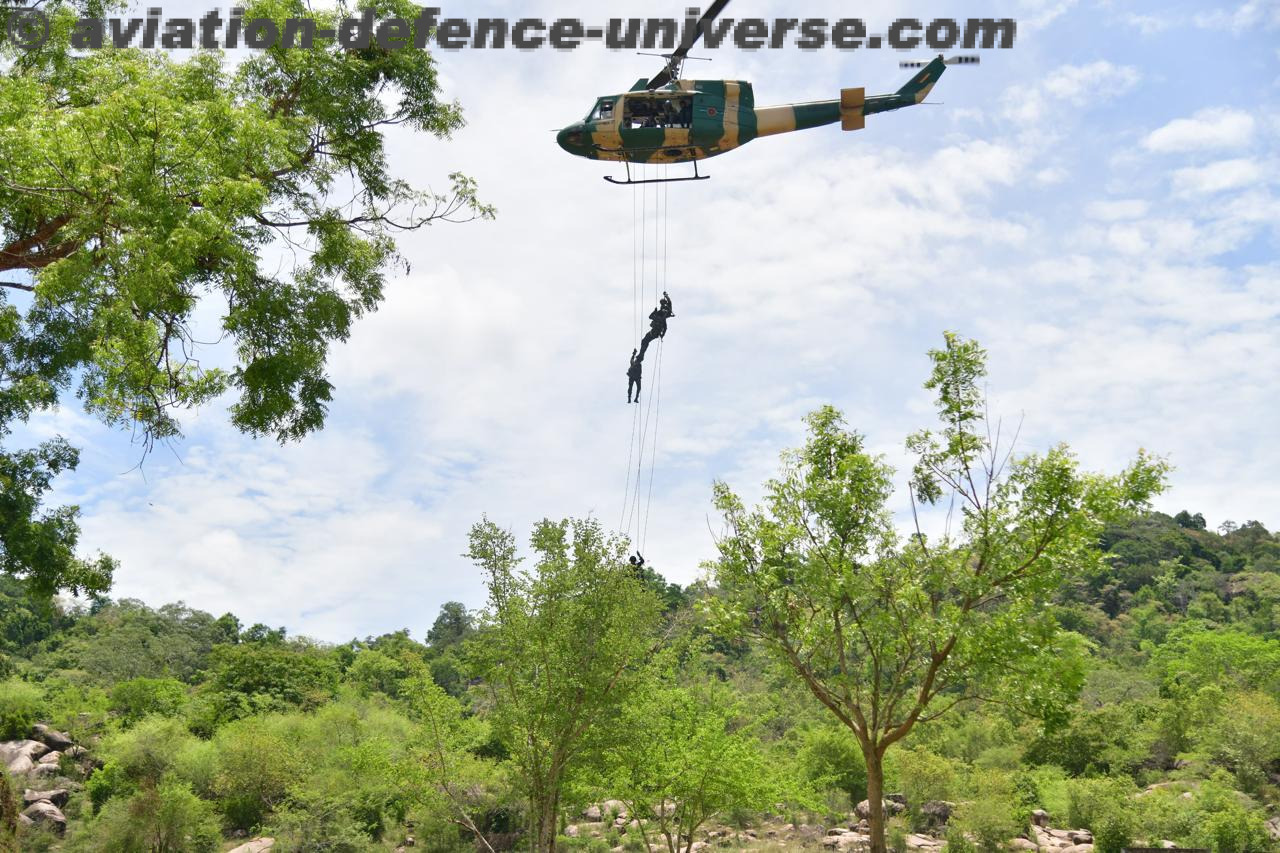By Commodore Anil Jai Singh, IN (Retd)
New Delhi. 04 December, 2015. The Indian Navy has always been at the forefront of encouraging indigenous development and is justifiably proud that all its 47 ships and submarines are being built at Indian shipyards. Impressive strides have been made in shipbuilding with about 90% indigenisation in hull construction and about 60% in the propulsion, power generation and marine systems on board.
While these constitute the ‘float’ and the ‘move‘ elements of a warship respectively, it is the ‘fight’ element (the very raison d’etre of a warship) that continues to be an area of concern with indigenisation languishing at around 30% – hardly a satisfactory state of affairs for an emerging blue water navy. However this is one area where the navy has very little control on the pace of progress despite often having compromised on its desired capability to accommodate an indigenous programme.
The main reason for this abysmal state of affairs is that the Indian defence establishment has been unable to develop adequate weapon and sensor technology on its own for a variety of reasons, not the least being an absence of a long term strategy and the incestuous relationship between the Department of Defence Production (part of the MoD) and the Defence Public Sector Undertakings (DPSUs), who till recently were the custodians of all defence manufacturing in India and continue to get preferential treatment, their dismal track record notwithstanding. The Department of Defence Production on its part is equally culpable for this sorry state of affairs because of its active connivance in allowing the DPSUs to get away with this and failing to act as enablers in promoting any meaningful indigenisation.
This lackadaisical approach reflects poorly on a country that aspires to great power status, claims to be a software superpower and boasts of the largest pool of scientific manpower in the world. As a ‘net security provider in the Indian Ocean’ it is also a core strategic vulnerability.
However with the winds of change now apparent and the Prime Minister’s ‘Make in India’ initiative, it is an opportune moment to leverage the huge market opportunity that India offers in the defence sector to ensure that we procure all our equipment through a a long term partnership for co-production and co-development as has been partially articulated in the Defence Procurement Procedure (DPP) 2013. What is required is perhaps a “Buy and Make Indian Plus”. The enhanced FDI limit (49% extendable upto 100% for a core technology) could be the enabler to accelerate the process. However, contrary to the general perception, it is not the low FDI limit that has inhibited global OEMs coming forward but the lack of any meaningful orders in the last few years, unwarranted delays in processing programmes from the RfP to the contract stage and the general pessimism about the MoD’s intent that has been the cause. Just enhancing FDI limit is therefore not the answer – displaying an intent to walk the talk is actually the need of the hour.
The new version of the DPP is keenly awaited. At a seminar on 05 January 2015, the Defence Minister had assured industry that the new document would be a transformative one and would be available by March 2015. However as the year draws to a close it is still awaited. Perhaps the final recommendations of the recent Dhirendra Singh Committee and its suggested Aatre Task Force are awaited. The delay notwithstanding , if the new DPP can actually address the issues plaguing the system , it would have been worth the wait.
Navies are expensive to build, operate and maintain. A warship remains in commission for four decades or so and consequently the equipment on board faces obsolescence challenges. It is therefore imperative that the existing insistence on only mature proven technologies should be relaxed. This would ensure that the navy is not saddled with a decade old technology at the time of the ship’s commissioning itself and unlikely to be upgraded for another decade. This relaxation would also enable the Indian industry to be part of the development process so as to provide the navy indigenously developed upgrades and lifetime product support. For this to be possible, the following is essential :-
- The foreign OEM must own 100% IPR of its technology and its product because only then would it be able to transfer the technology to its Indian partner. Secondly, the OEM should be willing to transfer this, both for co-production (to industry) as well as co-development (to DRDO perhaps) for it to be fully absorbed. Not many global OEMs can make this offer due to IPR constraints and export control regimes. The delay in the DTTI with the US, its ITAR restrictions are a case in point.
- Seeking a product which offers an open architecture modular concept (an innovative concept in armament design and production) is essential for a country like ours which is looking to indigenise an imported technology over a period of time. This would not only enable progressive indigenisation and replacement of the imported systems/assemblies with indigenous ones but also enable further improvements and upgrades. This concept was highlighted at the last annual Underwater Defence Technology (UDT) Conference held in Rotterdam in the summer. A presentation made by Atlas Elektronik of Germany on the open architecture concept and its ownership of 100% IPR, both policy decisions adopted by the firm for its Sea Hake Mod 4 Heavyweight Torpedo garnered considerable attention as it underlined two important aspects. The first was their willingness to share the torpedo’s technology for both co-production and co-development with a suitable partner through the open architecture route and the second was their ability to do so because they own the complete IPR of the torpedo. The Indian Navy must insist on these being a pre- requisite for every weapon or sensor acquisition programme if any meaningful absorption of globally contemporary technology is to ever take place.
Similarly in the field of sensors also, particularly sonars, while indigenous programmes have seen some measure of success, they have been unable to keep pace with contemporary technologies. There is no doubt that if self-reliance is the aim and contemporary technologies are to be absorbed for progressive indigenisation as well as future development, collaboration with a suitable foreign partner would be essential. Only then would the Armed Forces get the level of technology required by them. Optimising this selection towards indigenisation would necessitate the following as the basis for selecting that foreign partner:-
- Should be willing to part with its technology within the ambit of any restrictive export control regimes.
- To be able to do this. it should own the complete IPR of its product and not be dependent on other sources and suppliers for R&D support.
- Should be able to offer progressive indigenisation, lifecycle maintenance support and obsolescence management with modular upgrades through an open architecture concept.
- Should become a willing stakeholder in supporting indigenous co-production and co-development through an institutionalised mechanism.
The Indian Navy’s and indeed the nation’s quest for self-reliance needs no emphasis. Our posture as an emerging power is severely dented by the ignominious distinction of being the largest importers of military hardware in the world for over five years. This can be successfully addressed in a phased and time-bound manner provided all stakeholders synergise their efforts towards achieving well defined objectives and ensuring accountability and continuity in the short, medium and long term.
The Author Is Vice President, Indian Maritime Foundation


